PTA / Services / Quality assurance / Tool selection and introduction
Tool selection and
introduction

Use suitable tools to make your projects transparent and fully traceable across all phases
A variety of tools are used for the development, testing and operation of software in order to support and document the associated activities. Some important categories of tools are:
- Application Lifecycle Management (ALM): ALM refers to the path of software through all phases of the software lifecycle, from the collection of requirements to the operation of the software. The categories listed below are typically included in the ALM or can at least be integrated.
- Requirements management: This includes the structured recording and management of requirements and ideally combines this with traceability to the functions and artifacts implemented in the development process.
- Test management: Test management includes all activities for planning, managing and controlling test activities (for details, see insert link to the test management page).
- Error management: The structured recording and processing of errors ("bugs") is the task of error management.

- Test automation: This term covers tools and frameworks for the automated testing of software (for details, see Insert link to test automation page).
- Code analysis: These are tools that can be used to perform static code analysis. The source code is subjected to a series of formal checks in which certain types of errors can be detected even before the corresponding software is checked by further (manual) tests (for details, see insert link to the software quality page).
The selection and introduction of a suitable tool is of great importance for the efficiency and quality of the development and testing process as well as the operation of software. Benefit from our expertise in this area.
How we help with tool selection and Toole introduction procedure
We advise you in all phases of tool selection and implementation. We use a tried-and-tested procedure which we adapt to the task at hand on a case-by-case basis. The selection of a tool is a step-by-step decision-making process based on clearly defined milestones and interim results:
- Identifying the relevant stakeholders
- Identification of the relevant processes and interfaces
- Elicitation of functional and non-functional requirements
- Creation of an evaluation matrix for the selection of the tool
In the requirements analysis, the functional, non-functional, technical and, if applicable, economic requirements must be recorded and documented in a structured manner. These requirements must be used to create an evaluation matrix that enables a comprehensible and transparent decision to be made. On the one hand, this matrix includes knock-out criteria, the non-fulfillment of which means the exclusion of the respective tool from the further decision-making process. On the other hand, a prioritization and selective evaluation is defined for the various requirements.
- Carrying out a market analysis
- Creation of a longlist
- Derivation of a shortlist for the actual tool selection
Based on a market analysis, a longlist of suitable tools is drawn up as part of a pre-selection process. This longlist is to be reduced to a shortlist by applying knock-out criteria and fulfilling important requirements.
- Application of the evaluation matrix
- Workshops with selected providers
- Selection of the tool
The requirements defined in the evaluation matrix are sent to the tool manufacturers and their feedback is evaluated. In addition, workshops including live demonstrations are often held. Based on this information, a selective evaluation is carried out and, as a consequence, the tool is selected.
- Application of the tool in one or more pilot projects
- Integration into existing processes and tools
- Implementation of lessons-learned workshops
- If necessary, customizing the tool to individual needs
It is then advisable to carry out a proof of concept (PoC). The tool is being used in a representative pilot project and put through its paces in practice. The experience gained from this project must be evaluated in order to be able to make corrections (customizing) to the tool or the usage process, for example. It is also integrated into the existing IT landscape.
- Creation of a training and operating concept
- Creation of an implementation plan including pilot groups
- Extension to all relevant users
- Documentation for system operation
A well-planned introduction and training is crucial for the acceptance of the selected tool. This applies both to success in practical use and to orderly regular operation.

Advantages of a structured approach to tool selection and introduction
Optimal use of your resources
Optimal use of your resources
High transparency
High transparency
Use of best practices
Use of best practices
Lower risk
Lower risk
Our experience - how our customers benefit from our expertise
As an IT consulting company with 50 years of experience, PTA has many years of expertise in tool selection. Our customers include medium-sized and large companies from a wide range of industries, who sustainably increase their innovation rate and productivity with our support.
Development of a prototype to demonstrate test management in SAP Solution Manager 7.1. The prototype is used to evaluate the possibilities for testing E2E business processes (end-to-end).
As part of an extensive development project, the demand for tool-supported testing is increasing. As complexity increases, so does the need for database-supported testing.
Evaluation of a test automation tool for automated tests in relation to Microsoft Dynamics CRM as an application under test. The evaluation focuses on automatic object recognition.
PTA supports the project in all phases, from the requirements analysis to the selection of a suitable SaaS solution (Software as a Service) and the implementation of a proof of concept.
Research in our IT projects in the area of tool selection and introduction
Have we sparked your interest?

Contact
PTA GmbH Head Office
Weberstraße 2-4
D-68165 Mannheim
© Copyright 2024 PTA GmbH | All rights reserved | Imprint | Privacy | Legal notice | Values & Code of Conduct
